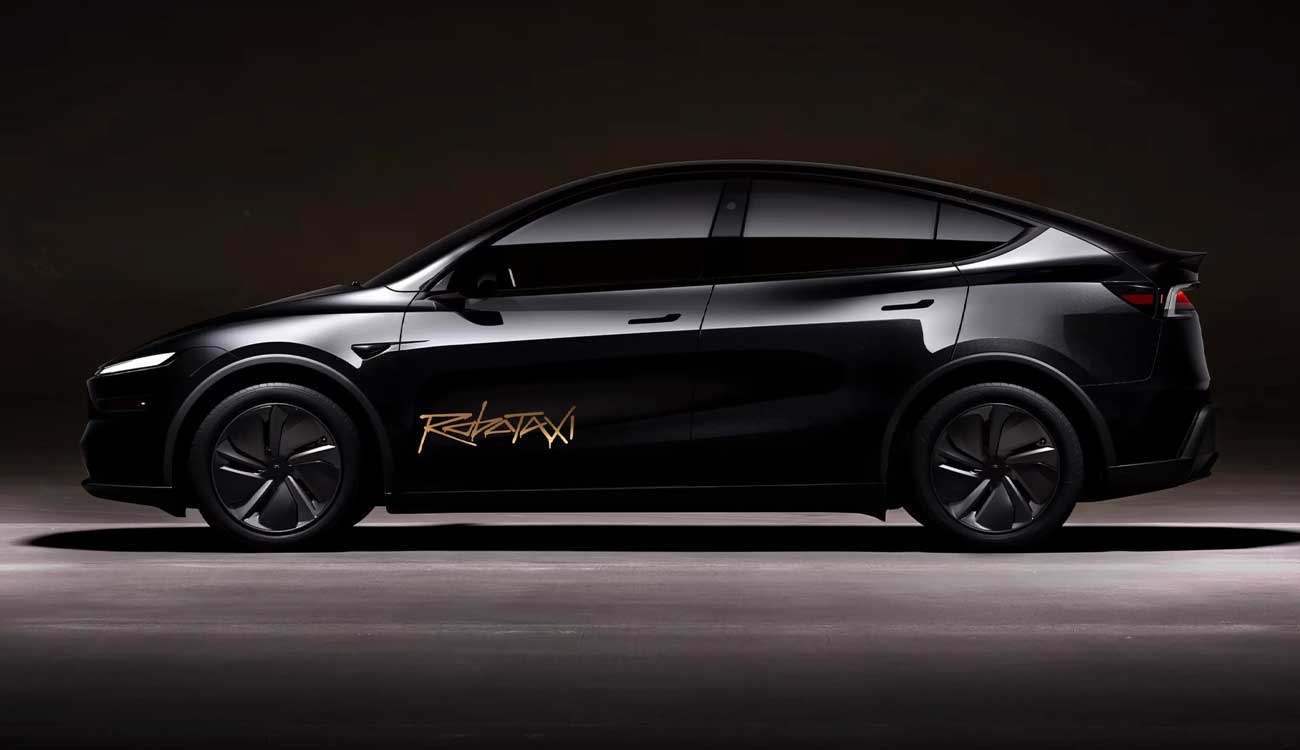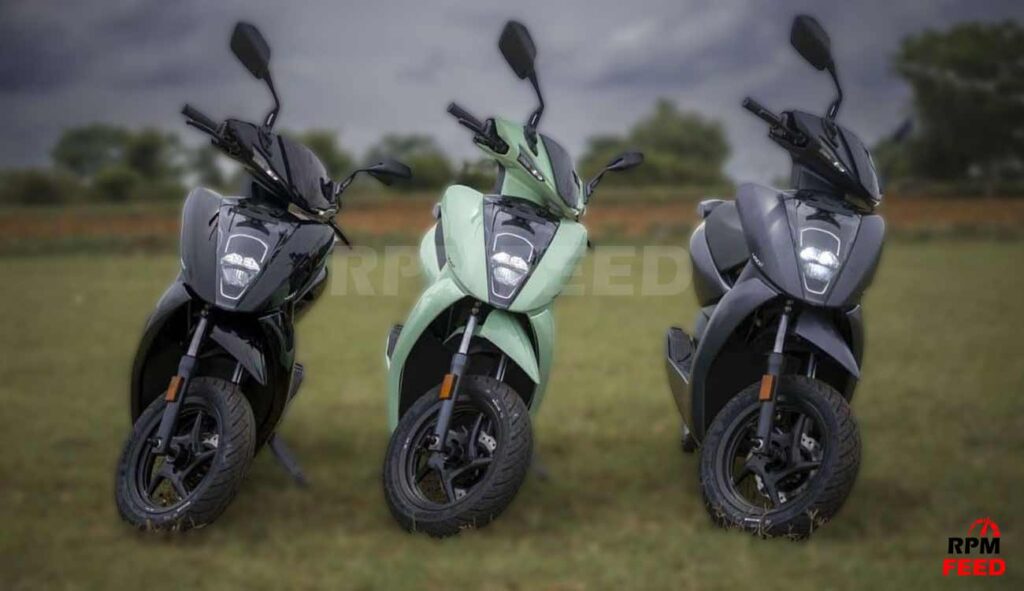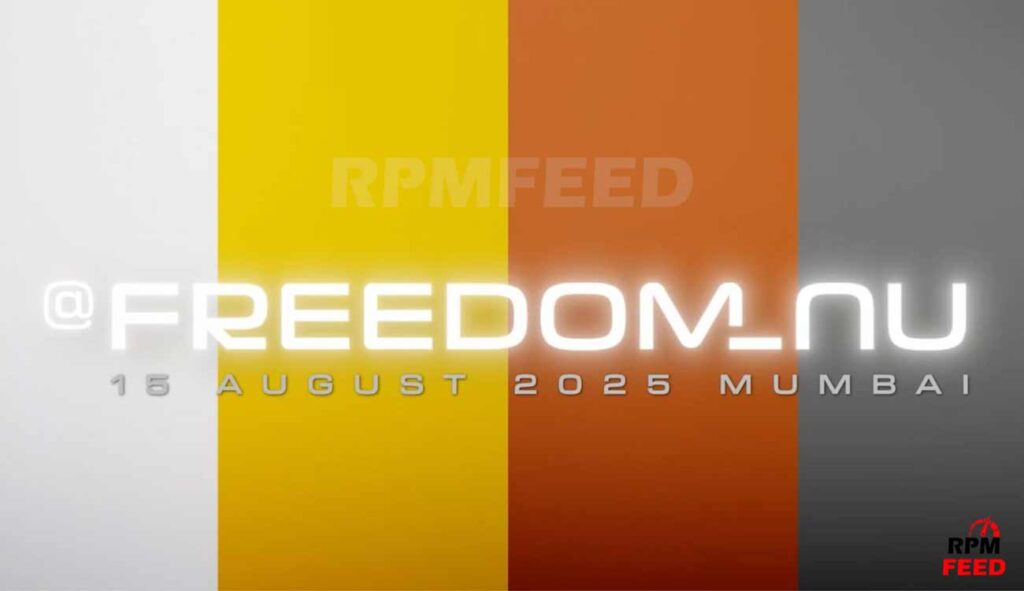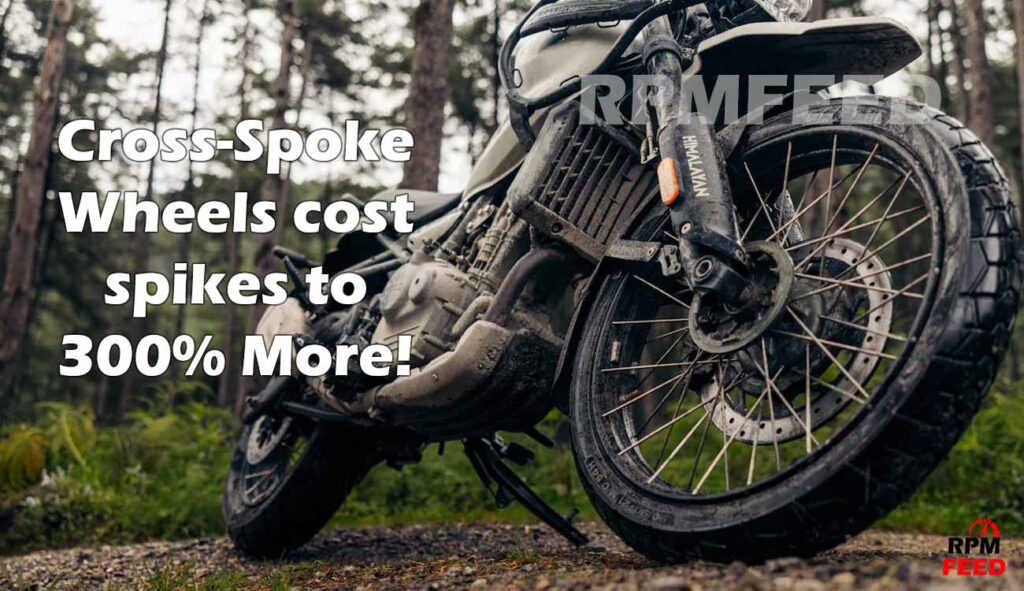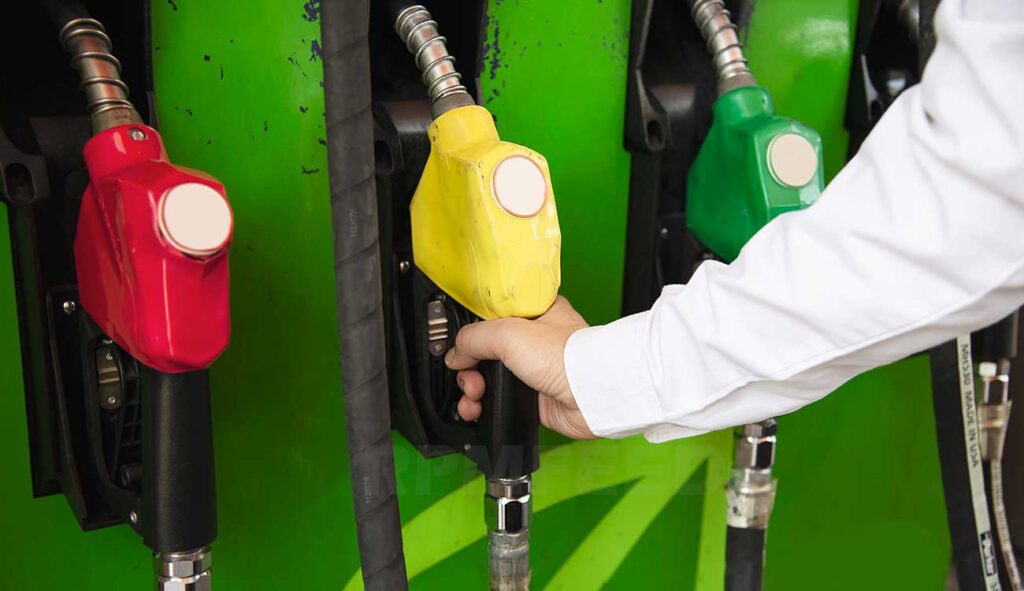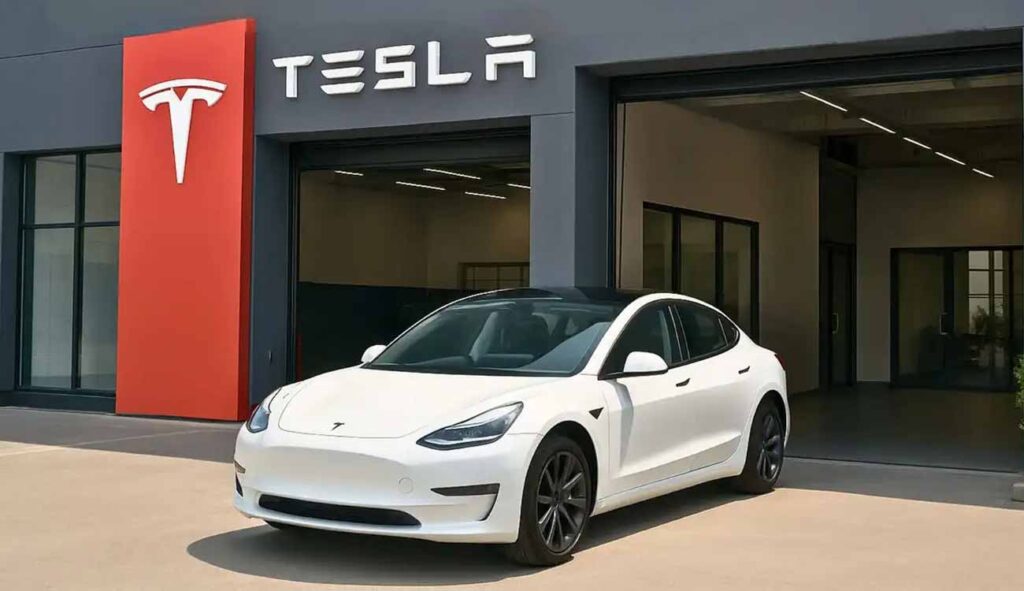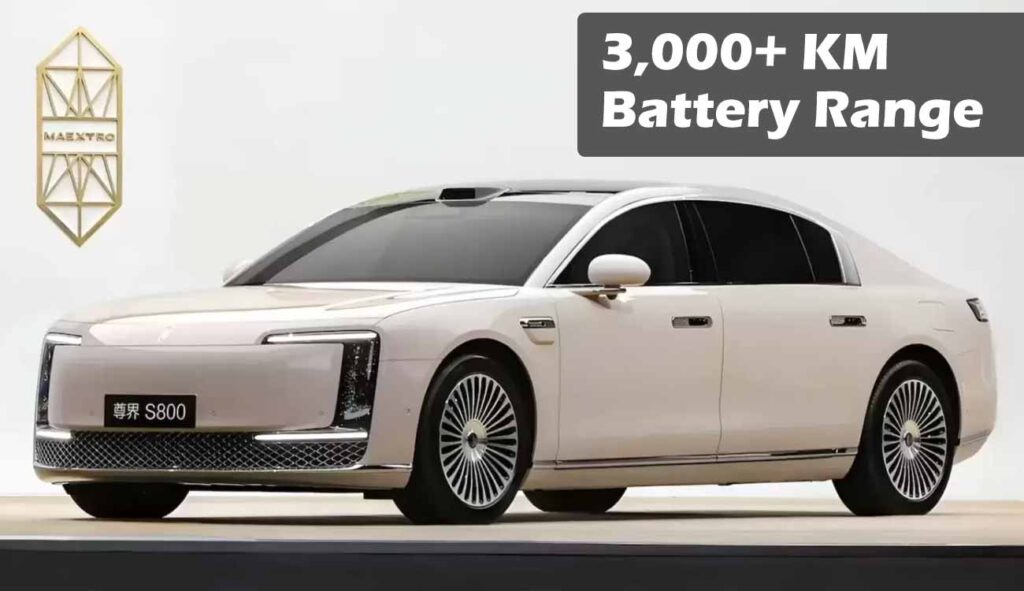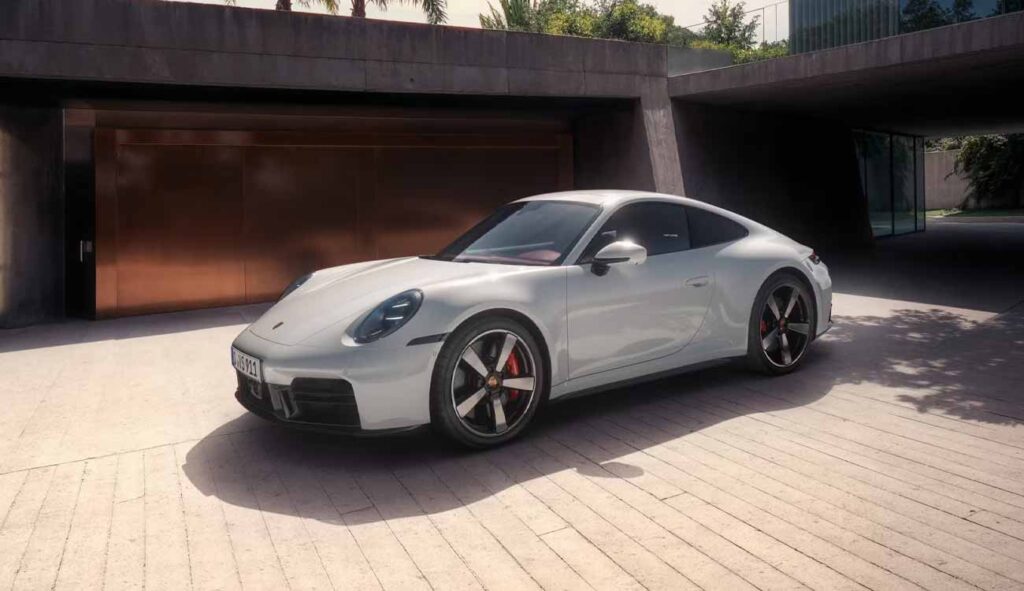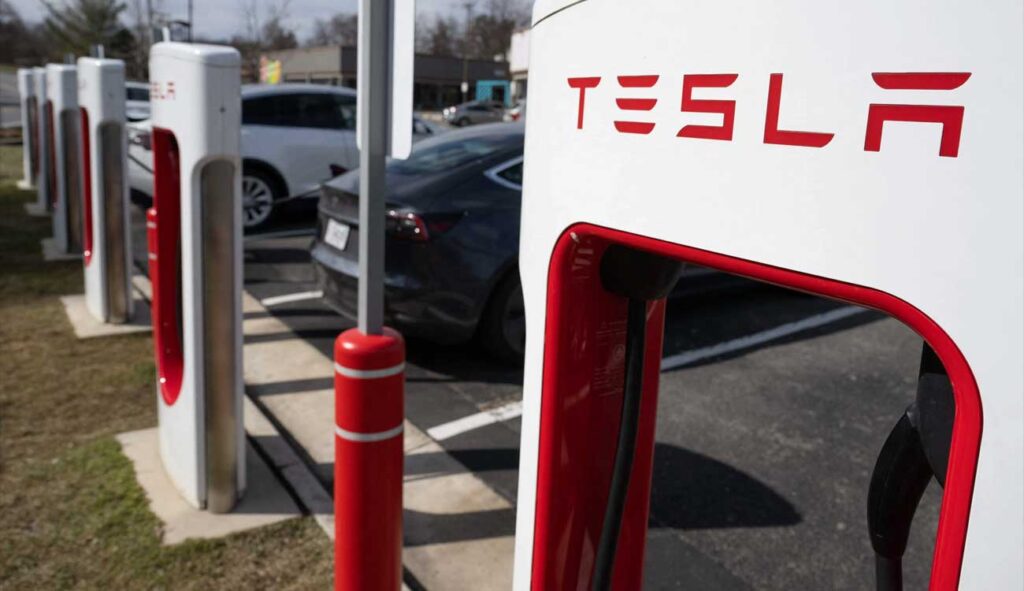Tesla is pushing the boundaries of autonomous driving, beginning limited Robotaxi testing in San Francisco. With a fleet of Model Ys and a few notable limitations, these tests give us a glimpse into the future of mobility—but with safety being top of mind.
Inside Tesla’s San Francisco Robotaxi Tests
Tesla’s ambitious Robotaxi program is taking the next step, with San Francisco becoming the testing ground for its self-driving Model Ys. However, these autonomous vehicles come with one critical safety feature for now: a human driver in the seat. While the service is currently limited to Tesla employees, their families, and select invitees, this testing marks a new phase in autonomous driving technologies.
But why the human driver? Unlike Austin, Texas, where Tesla operates with passengers but still requires an employee present, California’s regulatory rules demand that a licensed driver remains behind the wheel. This cautious approach ensures maximum safety as self-driving technology continues to refine its performance under real-world conditions.
How the Testing Works
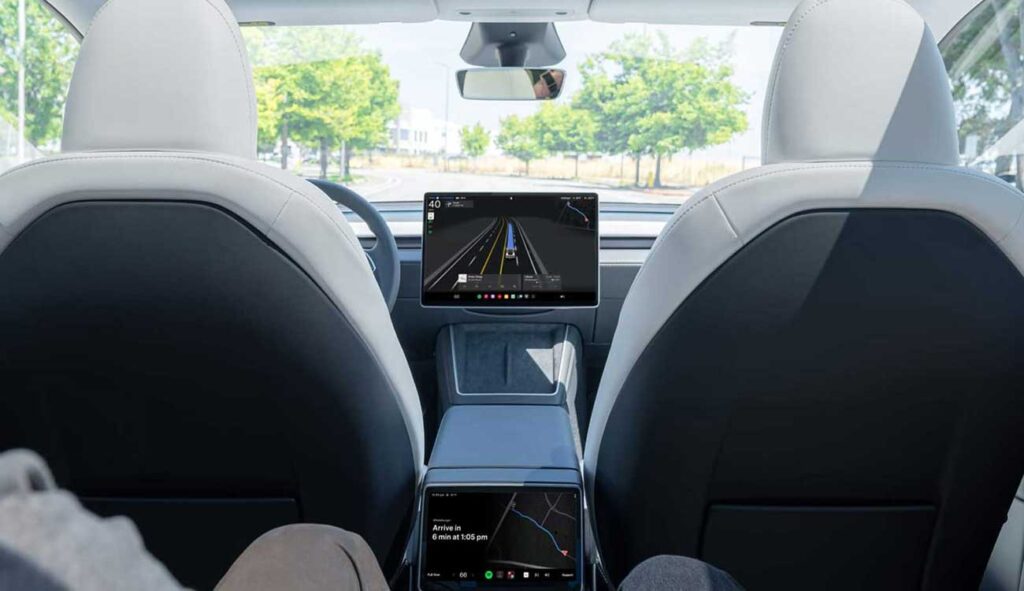
The San Francisco Robotaxis will operate in geo-fenced zones, ensuring the autonomous system stays within predefined areas. This controlled method allows Tesla to focus on perfecting functionality while working within California’s stringent regulations.
At the moment, Robotaxis are not open to the general public. Tesla is reserving access for a smaller pool of participants, but the company has reportedly applied for further operational permits with the California Public Utilities Commission. This could pave the way for broader testing or even limited public availability in the near future.
A Careful Expansion of Tesla’s Vision
Keeping things safe while pushing technological boundaries is a major part of Tesla’s automation strategy. This San Francisco rollout follows remarks from Elon Musk earlier this year, where he predicted that Tesla Robotaxis could cover half of the U.S. population by the end of the year. Starting small and complying with local regulations is Tesla’s first step toward realizing this larger vision.
While ambitious, it’s clear that Tesla is carefully navigating legal challenges and public opinion. With Robotaxi deployments already live in Austin and new applications on the horizon in California, Tesla is balancing bold innovation with considerations for safety and trust.
What’s Next for Tesla’s Robotaxi Initiative?
It’s important to note that Tesla’s Robotaxi service is still in its early testing phase. Notably, the company hasn’t yet applied for the necessary permits to offer autonomous rides commercially. This indicates that much work still needs to be done—not only in refining the technology but also in meeting state and federal regulatory requirements.
However, Tesla’s rapid pace of development suggests that it won’t be long before the next major milestone is reached. For now, the San Francisco tests offer a glimpse of what’s to come in our evolving transportation landscape.
